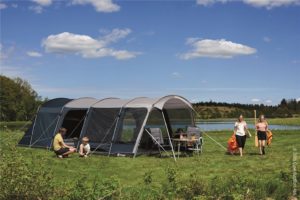
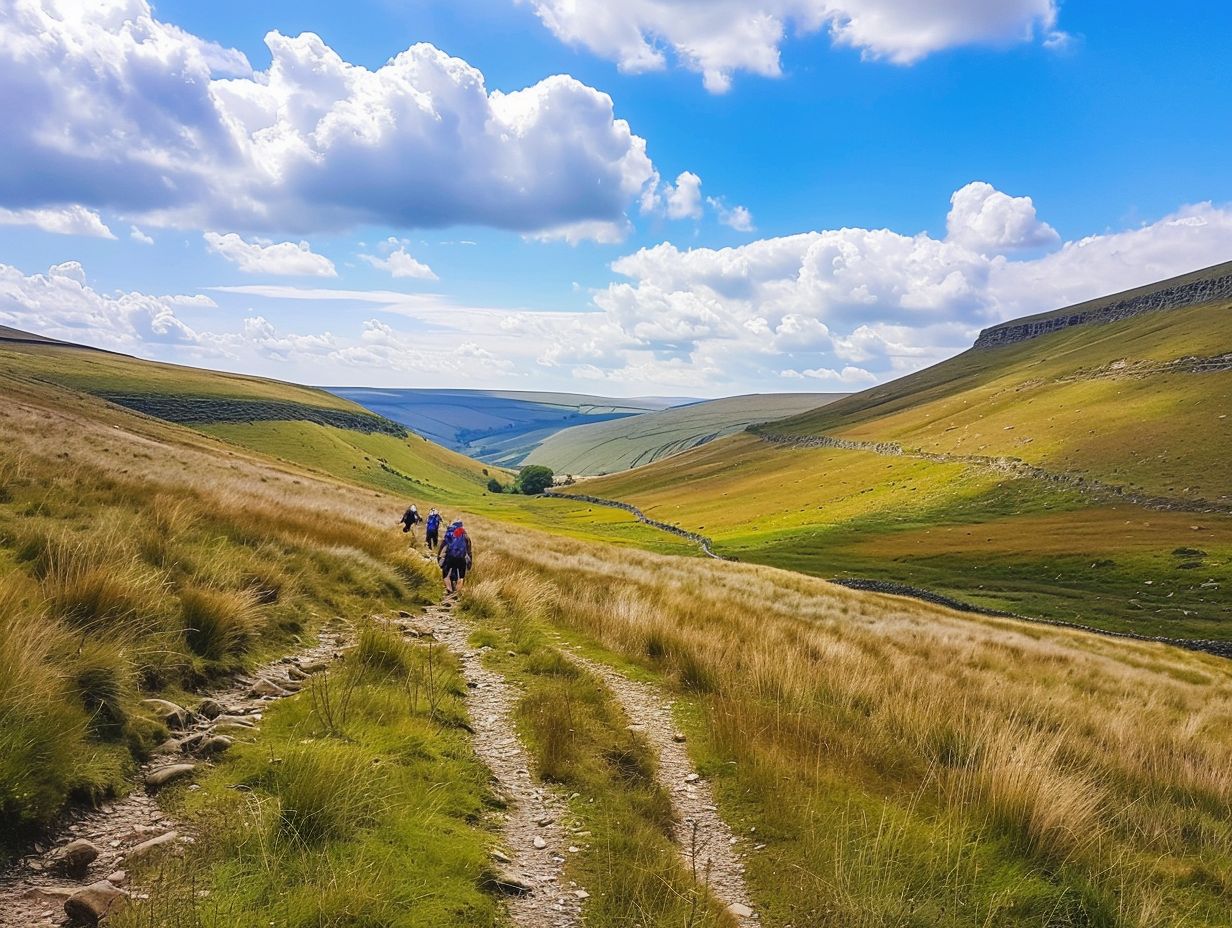
Vaibhav
- Categories: Hiking
Are you ready to embark on a thrilling adventure along the Pennine Way? This comprehensive guide is here to help you navigate through this iconic trail, from its highlights and must-see attractions to the best sections and essential skills needed for a successful hike.
Discover the challenges and safety precautions you need to consider, as well as tips for a memorable journey through one of England’s most famous long-distance paths. Let’s dive into the world of the Pennine Way and make your hiking dreams a reality.
Key Takeaways:

- The Pennine Way is a long-distance trail in Northern England, spanning 268 miles from Edale to Kirk Yetholm.
- Highlights of the Pennine Way include stunning landscapes, historic sites, and challenging terrain. Must-see attractions include the Yorkshire Dales and Cheviot Hills.
- The average time to complete the Pennine Way is 16-19 days, but this can vary depending on individual pace and rest stops.
What are the Essential Skills and Gear Needed for the Hike?
The acquisition of essential skills and equipment for hiking the Pennine Way encompasses map-reading proficiency, physical stamina, appropriate footwear, and weather-resistant attire.
Preparation stands as an integral pillar for embarking on this formidable journey. Alongside the fundamental requirements previously specified, it is imperative to possess a robust backpack for carrying provisions, a dependable water purification system, and a first aid kit for exigencies. Adequate hydration and nourishment play a pivotal role in sustaining vitality throughout prolonged treks.
A sound comprehension of rudimentary navigational instruments such as compasses and GPS devices facilitates adherence to the designated route. Safety measures including sunscreen application, the wearing of a hat, and the possession of a whistle should not be disregarded, as the climatic conditions in this locale tend to be capricious.
What is the Best Time of Year to Hike the Pennine Way?
The optimal period for starting a hike along the Pennine Way falls between May and September. During this time frame, weather conditions tend to be more favourable, and the trails are less likely to be marshy or covered in snow.
What are the Weather Conditions Like?
The weather conditions along the Pennine Way exhibit significant variations based on the season, with the summer months characterised by milder weather conditions, whilst late March and early April may still witness snowfall in the northern sections.
Throughout the summer months, hikers can anticipate moderate temperatures and extended daylight hours, rendering it an opportune period for traversing the trail. It is imperative to be equipped for abrupt weather alterations, like unforeseen rainfall or cold spells, particularly in elevated areas.
Conversely, late March and early April present unpredictable conditions, encompassing snow-covered paths and brisk winds. Employing appropriate clothing layering techniques, inclusive of waterproof attire and thermal insulating layers, is paramount in ensuring a secure and pleasant expedition along the Pennine Way during these transitional phases.
What are the Crowds Like on the Trail?
The level of foot traffic on the Pennine Way can fluctuate, typically peaking during the summer months as both casual day hikers and long-distance trekkers frequent the trail. In the warmer seasons, the Pennine Way teems with activity, creating a lively ambiance that, in turn, draws larger crowds.
For individuals seeking a more serene hiking experience, exploring the trail during the transitional periods of spring and autumn may be preferable. These times typically witness diminished visitor numbers, providing an opportunity to fully appreciate the landscape’s splendour free from the clamour associated with peak tourist seasons.
Commencing your hike early in the morning or later in the afternoon can further assist in avoiding the trail’s busiest periods.
What are the Accommodation Options Along the Pennine Way?
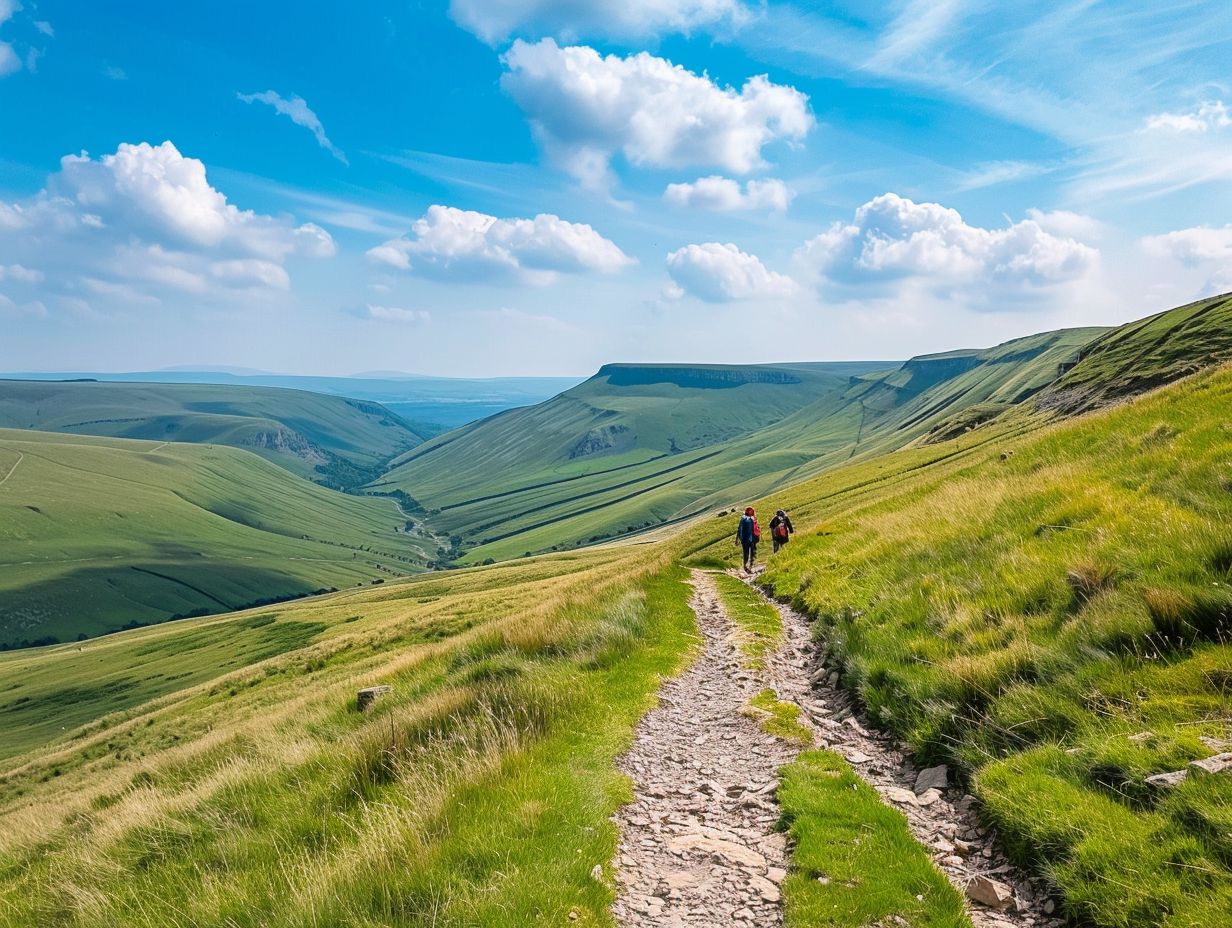
The accommodation options available along the Pennine Way are diverse, encompassing a spectrum that includes campsites, hostels, guesthouses, and pubs situated in adjacent villages. This array of choices offers hikers a variety of options for their overnight lodging needs.
Are There Campsites Available?
Indeed, there are multiple campsites situated along the Pennine Way, catering to hikers who opt for camping as a cost-effective accommodation choice. These campsites are strategically positioned at scenic locations along the trail, affording hikers breathtaking views of the surrounding landscapes.
Typically, these campsites provide essential amenities such as water sources, restroom facilities, and designated fire pits. Moreover, certain sites may also feature picnic tables and shelters for enhanced comfort and convenience.
While camping along the Pennine Way, adherence to Leave No Trace principles is paramount to preserve the environment. It is essential to properly dispose of all waste, minimise the impact of campfires, and display respect towards the local wildlife.
Furthermore, during peak seasons, it is advisable to make advance reservations to secure a spot at the preferred campsite.
What are the Best Places to Stay?
Some of the recommended accommodation options along the Pennine Way include charming guesthouses in Edale, welcoming pubs in Kirk Yetholm, and comfortable hostels in the Yorkshire Dales.
Guesthouses in Edale offer delightful accommodation with picturesque views of the surrounding countryside, comfortable rooms, and traditional English breakfast options.
For individuals desiring a more communal environment, the pubs in Kirk Yetholm present a warm and welcoming ambience coupled with hearty pub fare and a diverse array of local ales.
Conversely, the hostels in the Yorkshire Dales cater to budget-conscious travellers, providing contemporary amenities, shared common areas for social interaction with fellow hikers, and convenient access to the region’s breathtaking hiking trails.
What are the Safety Precautions to Take on the Pennine Way?
It is imperative to implement safety measures while trekking on the Pennine Way in order to guarantee a secure and enjoyable hiking experience. This includes proper preparation for potential emergencies and strict adherence to the trail’s established rules and regulations.
How to Prepare for Emergencies on the Trail?
Proper preparation for emergencies on the Pennine Way requires the inclusion of essential safety equipment, a familiarity with how to contact emergency services, and the formulation of contingency plans for unforeseen circumstances.
It is imperative to include items such as a first aid kit, emergency shelter, sustenance, and hydration into your equipment. Additionally, ensuring that your communication devices are fully charged and equipped with backup power sources is vital.
Familiarising oneself with the local emergency contact numbers and designated reception areas along the trail is essential. Staying updated on weather forecasts and trail conditions is crucial to avoid being caught unawares. Moreover, it is advisable to inform a trusted individual of your hiking itinerary and expected return schedule.
Proactive and thorough preparedness can significantly enhance the likelihood of ensuring personal safety while crossing the trail.
What are the Rules and Regulations of the Trail?
The regulations and protocols of the Pennine Way aim to safeguard the well-being of hikers and the natural surroundings, encompassing directives concerning camping, waste management, and the respect of private property. Hikers are required to comply with these regulations to uphold the trail’s sustainability and uphold its scenic allure for forthcoming generations.
An essential regulation entails remaining on designated paths to reduce erosion and safeguard fragile ecosystems.
Furthermore, it is imperative to remove all waste from the trail and dispose of it appropriately to maintain its cleanliness. Demonstrating respect for private property is crucial for nurturing positive relationships with local landowners and ensuring sustained access to the trail.
Adherence to these guidelines enables hikers to relish a safe and conscientious outdoor experience.
What are the Tips for a Successful Hike on the Pennine Way?
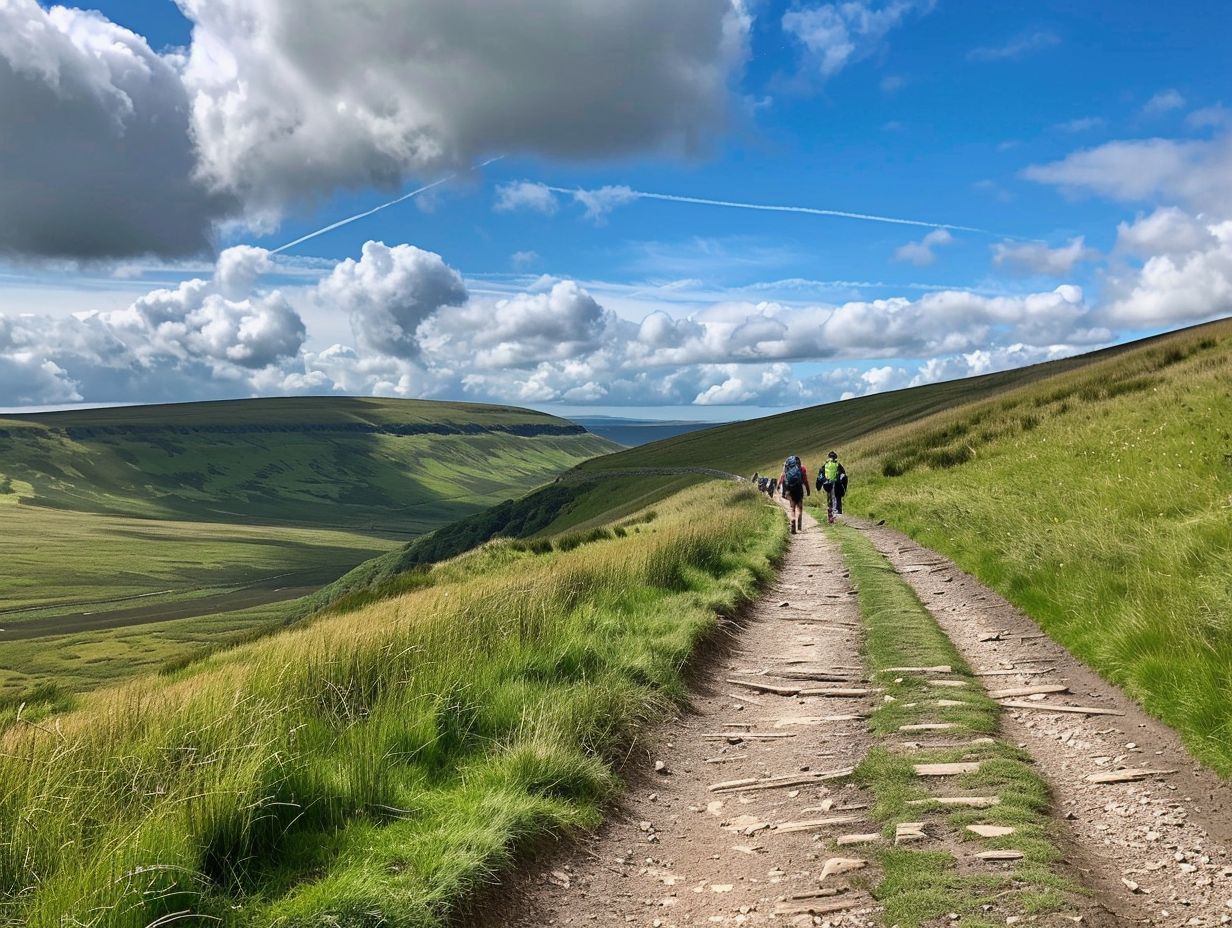
To maximise the experience of hiking the Pennine Way, thorough preparation and appropriate pacing are imperative, enabling hikers to fully immerse themselves in the stunning scenery and unique landscapes along the trail.
Ahead of commencing the hike, it is essential to ensure that all necessary equipment is at hand, including durable hiking boots, weather-appropriate attire, a reliable map, and an ample supply of water and snacks.
The importance of an early start cannot be overstated, as it allows hikers to avoid navigating in darkness and allows for sufficient time to comfortably reach each designated checkpoint. It is advisable to maintain a consistent pace that aligns with one’s fitness level, taking breaks as necessary to both rejuvenate and savour the natural surroundings.
To fully embrace the trek, engaging with fellow hikers, diving into the local history, and capturing memorable moments through photography are encouraged as ways to enrich the experience.
Frequently Asked Questions
How long does it take to complete the Pennine Way?
The average time to complete the Pennine Way is 16-19 days, depending on your pace and fitness level. However, some hikers choose to complete it in smaller sections over a longer period of time.
What is the best time of year to hike the Pennine Way?
The best time to hike the Pennine Way is between April and October, as the weather is milder and the days are longer. It is recommended to avoid the winter months due to harsh weather conditions and shorter daylight hours.
Do I need to be an experienced hiker to tackle the Pennine Way?
The Pennine Way is a challenging and physically demanding hike, so it is recommended to have previous hiking experience before attempting it. You should also be in good physical condition and adequately prepared for the long distances and rugged terrain.
Are there accommodations along the Pennine Way?
Yes, there are various accommodations available along the Pennine Way, including campsites, youth hostels, B&Bs, and pubs. It is recommended to plan and book accommodations in advance, especially during peak hiking season.
What are some must-see sights along the Pennine Way?
There are many stunning sights along the Pennine Way, including the peak of Cross Fell, Malham Cove, and the beautiful landscapes of the Yorkshire Dales and Northumberland National Park. Be sure to also visit the famous Tan Hill Inn, the highest pub in England.
Share:
By submitting your email address, you are agreeing to receive marketing emails from theexpertcamper.co.uk.
We’ll never share your email address and you can unsubscribe at any time. Privacy policy
Related Posts

A Seasonal Guide To Hiking In The Peak District
Are you ready to lace up your hiking boots and explore the stunning landscapes of the Peak District? This seasonal guide will take you through

Hiking Challenges Preparing For Your First Ultrahike
Are you ready to take your hiking adventures to the next level? Ultra-hiking offers a unique combination of physical and mental challenges, breathtaking scenery, and

Ecofriendly Hiking Tips For Sustainable Adventures
Are you an outdoor enthusiast looking to minimise your impact on the environment while enjoying the great outdoors? Eco-friendly hiking is the perfect solution! We
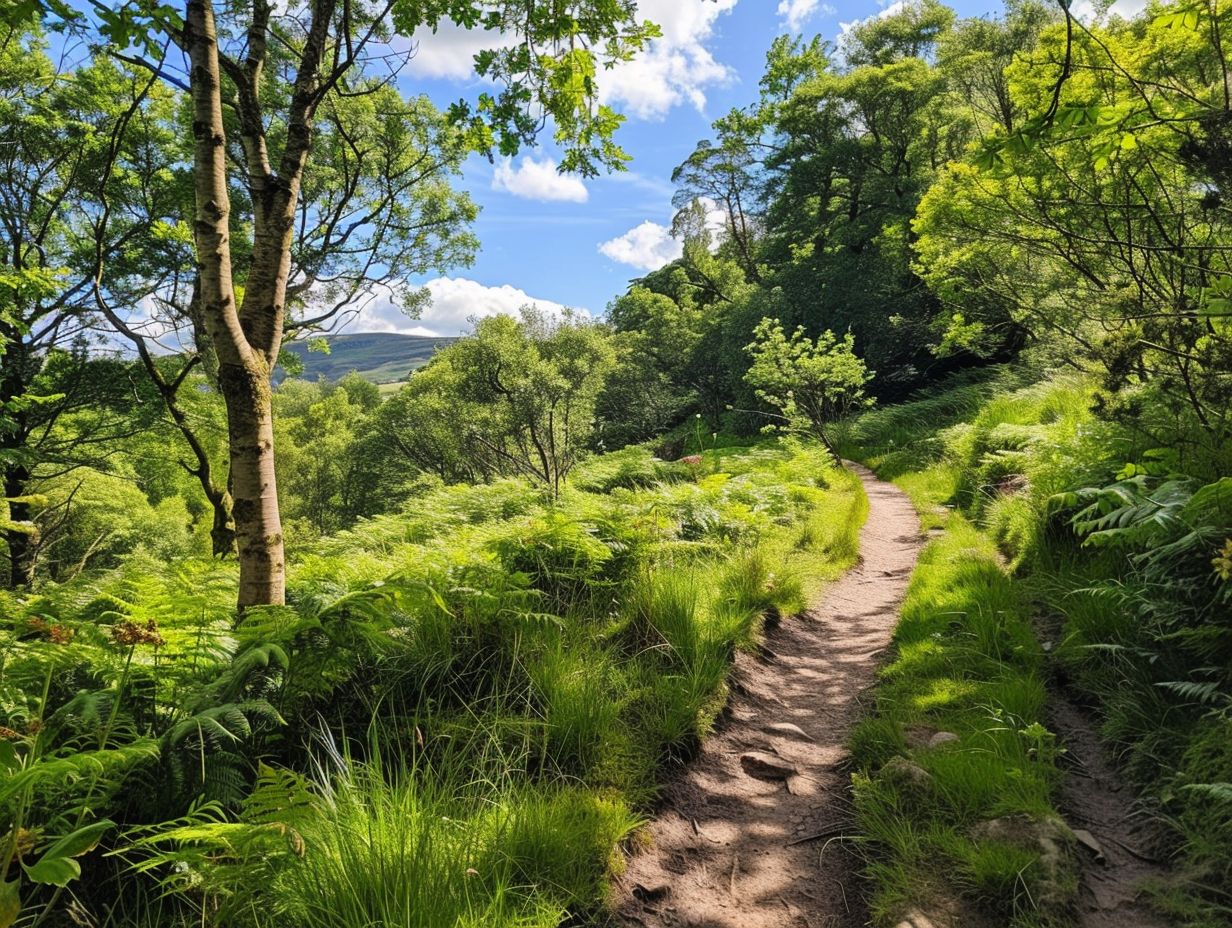
The Best Hiking Trails For Experiencing UK Wildlife
When exploring the picturesque hiking trails of the UK, you can expect to encounter a diverse array of wildlife. From majestic birds soaring overhead to

Wildflower Walks The Best Trails For Nature Lovers
Are you a nature lover looking to embark on a wildflower walk? Explore the best trails for wildflower walks, including [Trail Name 1], [Trail Name



